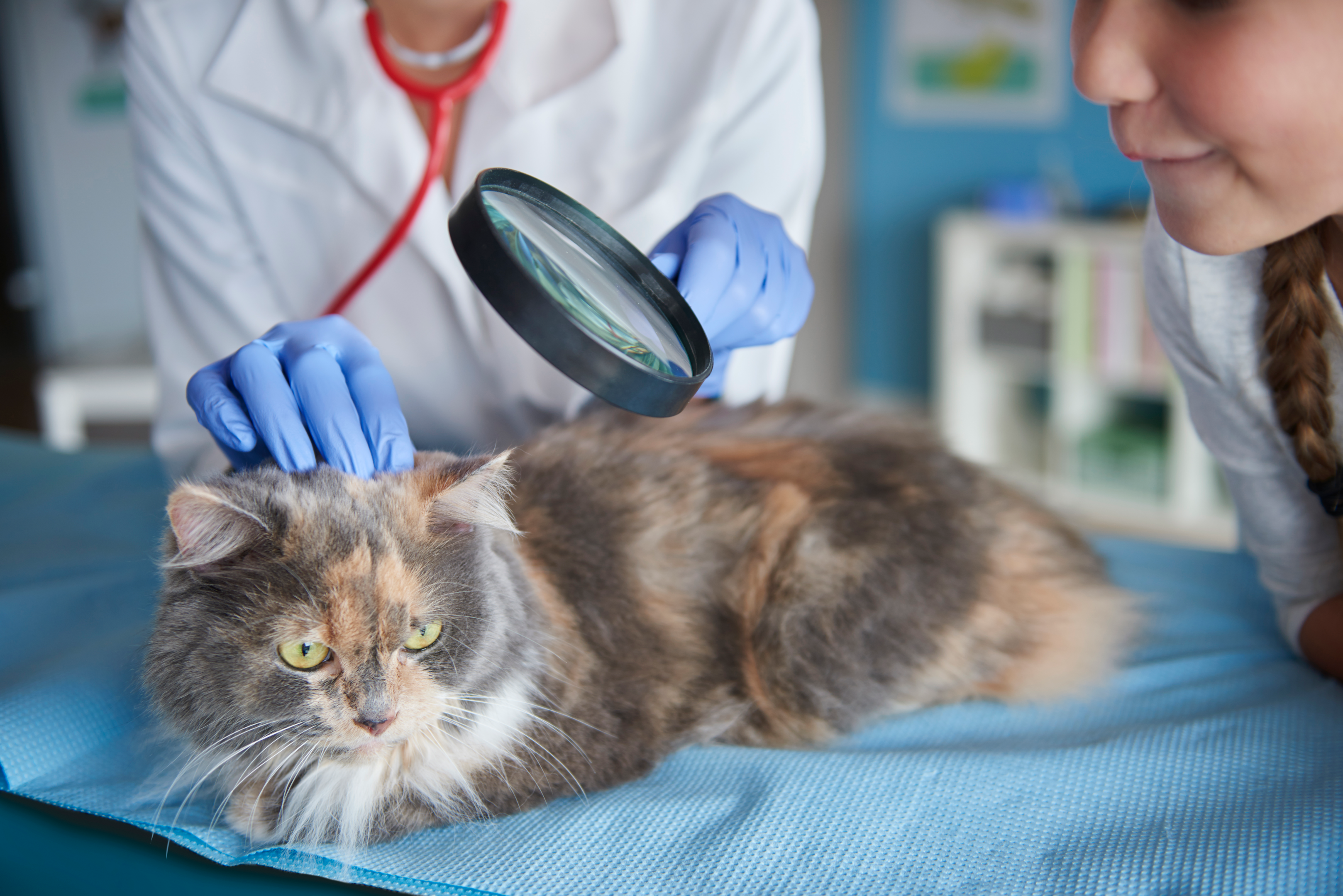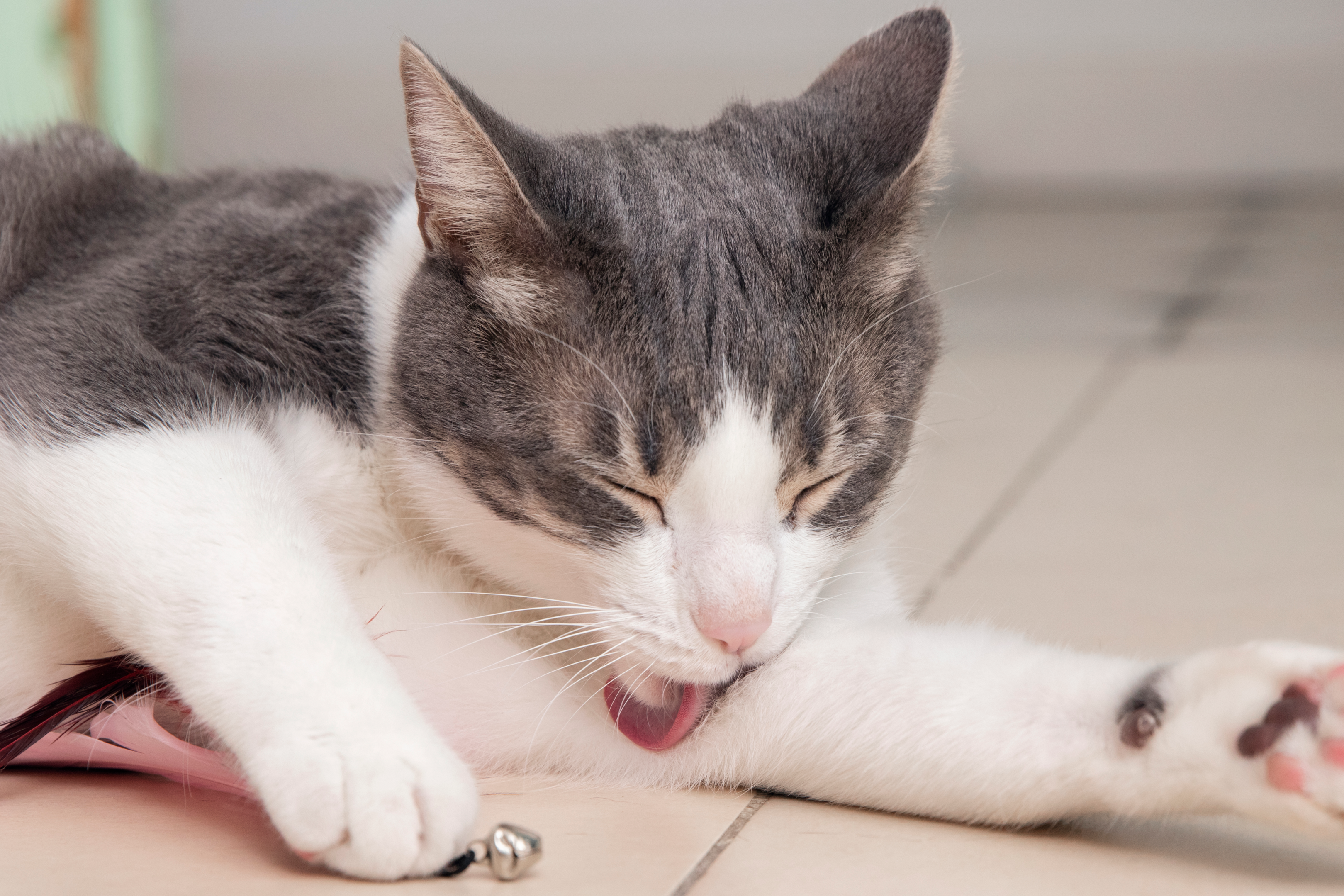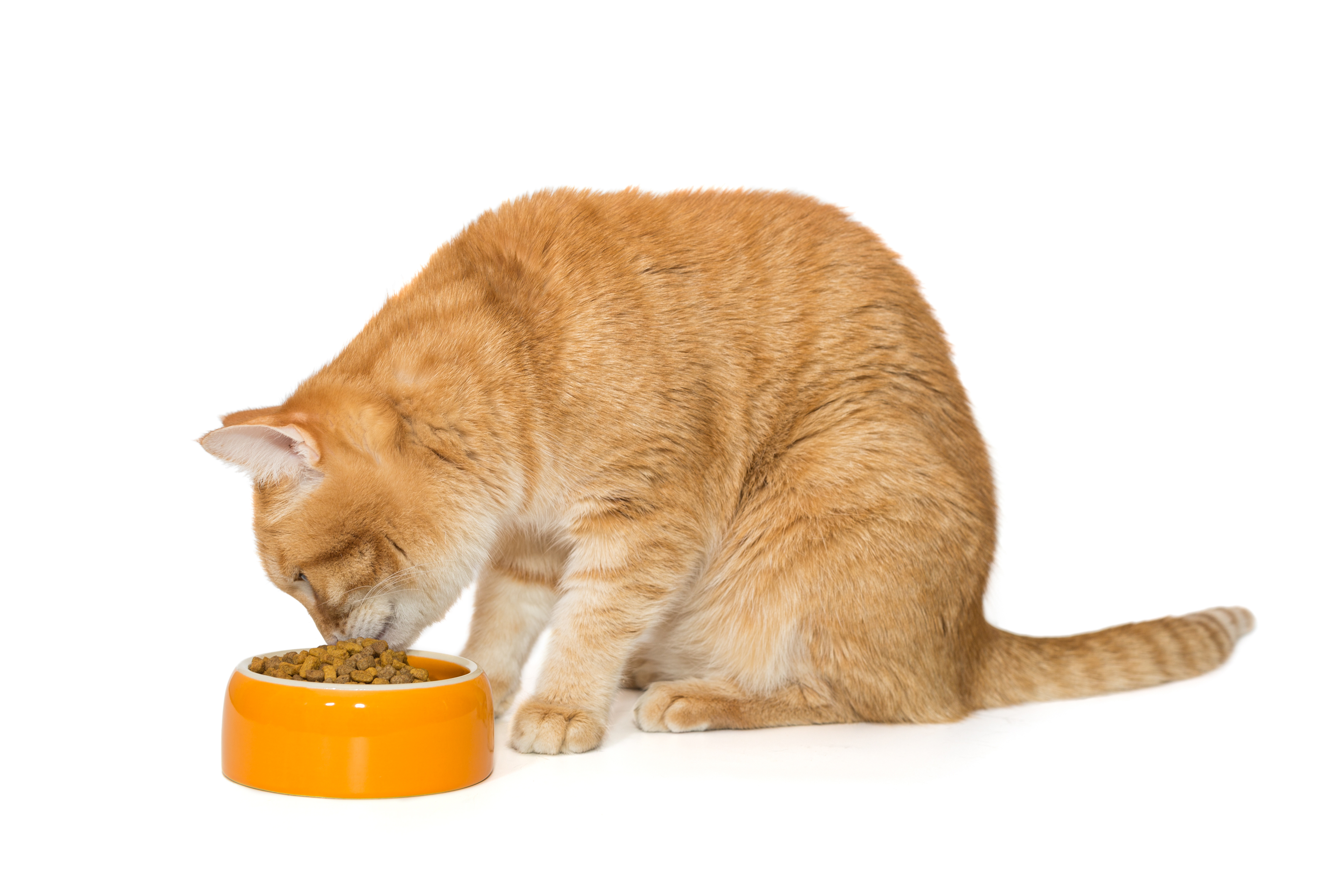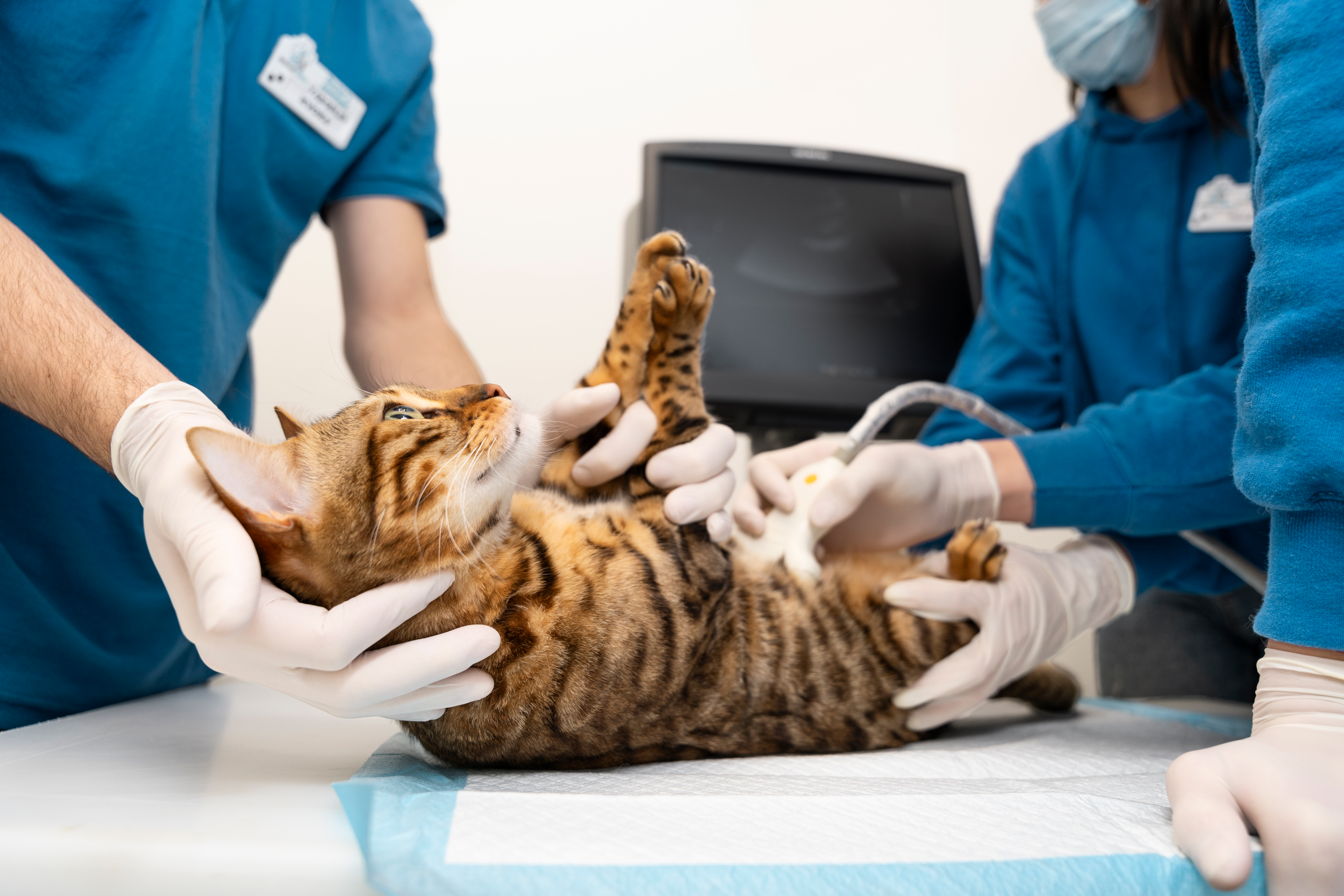
Have you ever felt a lump or raised bump on your cat's tail during a petting session and thought about what exactly those are?
Well, you're not alone. A lot of cat owners notice these little things and instantly get worried.
Today at Rexipets, we'll uncover the causes behind the raised bumps and lumps on pets. We'll also cover the recommended course of action for pet parents when they discover lumps and bumps on their cat's body.
So, take your worrying hat off and let us give you insight on the lumps and bumps on your cat's body.
Causes of Lumps and Bumps on Pets

A few very common reasons for lumps or bumps include abscesses caused by infection, imbedded foxtail, skin irritation. Then, benigh growths that include fatty tumors, skin tags, warts, cysts. Also, parasities such as ticks, cuterebra larvae, lesions from fleas, ringworm, mange.
Let's see some of the causes of these lumps and bumps on your feline friend in detail:
-
Mild trauma
Occasionally, a minor injury can result in the development of a bump on your cat's tail. Usually, it gets better by itself, but it might get infected.
If your cat recently got a shot, there could be a lump for a few days, and that's normal. But if the bump doesn't disappear after a while, it's a good idea to talk to the vet. Keeping an eye on these bumps helps make sure your cat stays healthy and happy.
-
Abscesses
An abscess is a swollen, pus-filled area on your cat's skin, usually from bites or scratches. It looks red and hurts; your cat might not want to be touched. They might also seem more tired and less interested in eating. A warm compress on the abscess can help with the pain.
Your vet will give your cat antibiotics and medicine for the pain to treat this infection. They might trim the fur around the bump to keep it clean. If the abscess is deep, your cat might need surgery. It's essential to get help from the vet to make your kitty feel better.
-
Tumors
Fatty tumors, known as lipomas, can appear on various parts of a cat's body. These are not cancerous lumps and usually don't require removal unless they hinder your cat's movement. They are more frequently seen in older cats or overweight cats.
To examine a lump for cancer, your veterinarian will use a needle to obtain a sample. They may recommend a wait-and-see approach if the lump is determined to be a benign fatty tumor. If the lump is growing rapidly, they might perform surgery to remove it. In worst-case scenarios it may result in tail amputation.
-
Cat acne
Similar to humans, some cats can develop acne known as stud tail. Stud tail might feel like small bumps beneath the skin, and if they get infected, they become more noticeable. Blocked hair follicles or excessive skin oil are mostly the reason behind cat acne
If your veterinarian diagnoses your cat with acne, they might recommend using a degreasing shampoo, wipe, or medication on your cat's hair and face to reduce excess oil.
-
Ticks

When a tick remains on your cat's skin long enough to burrow in, it can give the appearance and sensation of a lump.
Even if your cat stays indoors, it's important to be aware that indoor cats can still pick up ticks. These parasites can be brought inside by some other cat, animals, or humans who have been outdoors.
-
Bug bites

Bumps on cats can be caused if bugs bite them, including mosquitoes, bees, wasps, spiders, and ants. The affected area may show redness and swelling, with the ears and nose being more sensitive. Using a cold compress can help with the pain.
If your cat was stung, a vet may need to ensure the stinger is removed. They might also use steroids to reduce swelling.
Some cats might be sensitive to flea bites, resulting in a rash or sore rather than a raised bump. It's essential to provide your cat with flea control treatments to manage these issues.
What to Do with a Lump on Your Cat?
If you find a very new lump or bump on your cat, it's important to call the vet right away. The vet can check what kind of bump it is, perform a fine needle aspiration, and decide the best way to help.
Don't wait and see if the bump goes away on its own, especially if it might be infected. In the case of a cancerous skin lump, though, delaying treatment could allow the cancer to spread. Swift action is crucial for your cat's health.
How to Treat a Bump on a Cat's Tail?
The way your vet treats your cat's lumps depends on what they are and why they happened. Here are some possible treatments:
-
Antibiotics
If your cat's lump is swollen and painful and is infected, like an abscess, the vet might give them antibiotics. It's important to give the medicine just like the vet says so your cat can feel better soon. And if you notice any changes, tell the vet.
-
Draining
Draining is a process where the vet makes a small cut in the lump to let out the pus. This can make your cat feel much better and speed up the healing process.
After draining the abscess, the vet might also provide some care instructions, and they'll keep an eye on your cat to make sure the infection goes away, and everything heals up nicely.
-
Anti-inflammatory medication
If your cat has a lump, and it's causing them pain or discomfort, the vet might suggest treatment, using the usual anti-inflammatories or other medications to help relieve that pain.
Anti-inflammatories are like special medicines that can reduce swelling and ease pain. They work by calming down the body's response to the new lump there, making your cat feel better.
-
Diet adjustments

If your cat has lumps, and the vet suspects they might be caused by an allergic reaction due to some sort of food, they may recommend adjusting your cat's diet. A food allergy means that something in the food is making your cat's body react in a way that leads to lumps or other issues.
To figure out which ingredient in the food might be causing the allergy, the vet might suggest trying a special diet that doesn't include certain common allergens. This is often called an elimination diet.
During this period, you'll feed your cat this special food exclusively to see if the lumps and other symptoms improve.
-
Surgical removal

If your cat has lumps, the vet might suggest surgery. The vet will surgically remove the lumps. It can make your cat feel better. Surgery is needed in severe cases. After surgery, the vet will tell you how to give supportive care to your cat.
-
Steroids
For lumps that are cancerous, vets may use steroids and chemotherapy for further treatment. These are special treatments to help fight the skin cancer and make your cat feel better.
Final Words

Being attentive to bumps and lumps on your cat's tail is crucial for their well-being. From minor tail injuries and infections to allergies and potential tumors, understanding the causes and seeking prompt veterinary care ensures a happier, healthier life for your feline companion.
Regular check-ups and swift action in response to new lumps are vital in providing the best care and addressing any underlying issues.
















